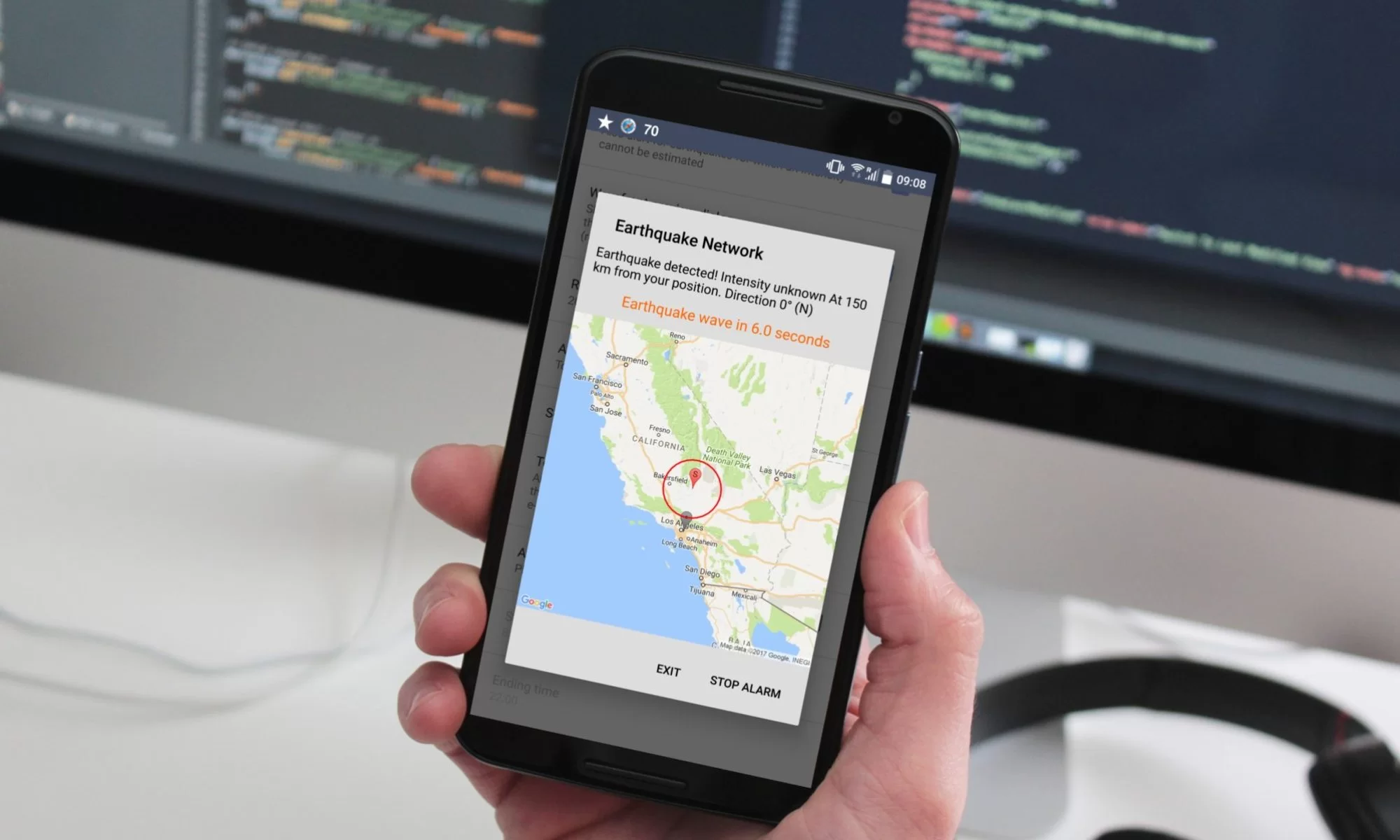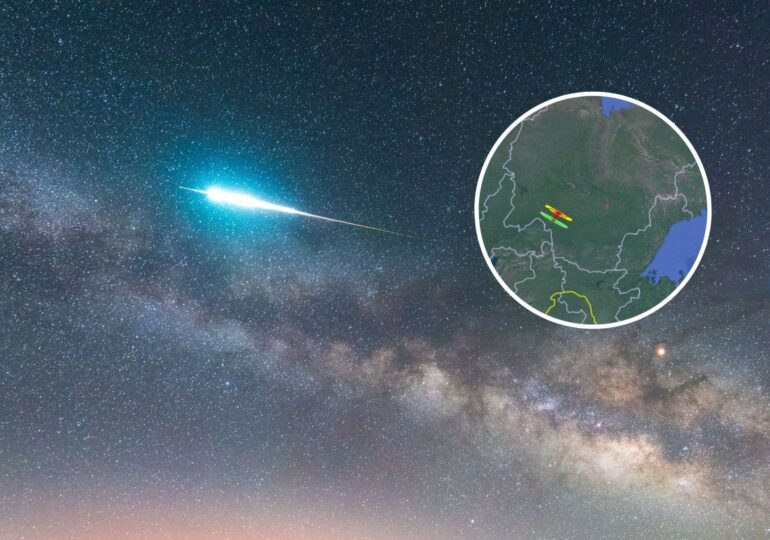How Your Phone Can Detect Earthquakes: The Future of Seismic Alerts

Since the first mobile phone call 50 years ago, the technology in our pockets has evolved to create the world’s largest earthquake detection system. On October 25, 2022, a 5.1-magnitude earthquake struck California’s Bay Area. While it caused minimal damage, many residents received alerts on their phones before the shaking began, thanks to advancements in seismic detection technology.
Google, in collaboration with the USGS and several California universities, has developed an early warning system that uses smartphones to detect earthquakes seconds before tremors arrive. This brief window allows for crucial safety measures, such as slowing trains or halting plane landings. The system initially relied on a network of seismometers across California but has been enhanced by utilizing the accelerometers in smartphones running Android.

These accelerometers, typically used for screen orientation and fitness tracking, are sensitive enough to function as mini seismometers. When enabled, they can send vibration data indicative of an earthquake to the Android Earthquake Alerts System. By aggregating data from thousands of phones, the system can determine the location and magnitude of an earthquake and issue alerts to users in affected areas. The alerts arrive faster than seismic waves, thanks to the speed of radio signals.
Google’s system, part of the broader ShakeAlert network, significantly improves earthquake monitoring, especially in regions lacking extensive seismometer networks. It holds promise for enhancing alerts in remote and underserved areas globally. The technology is currently available in over 90 countries with high seismic activity, although it faces limitations in areas with few phone users and in offshore quakes that could trigger tsunamis.
Despite these advances, predicting earthquakes with precision remains a challenge. Nonetheless, the integration of mobile technology into seismic monitoring represents a major step forward in disaster preparedness.





















